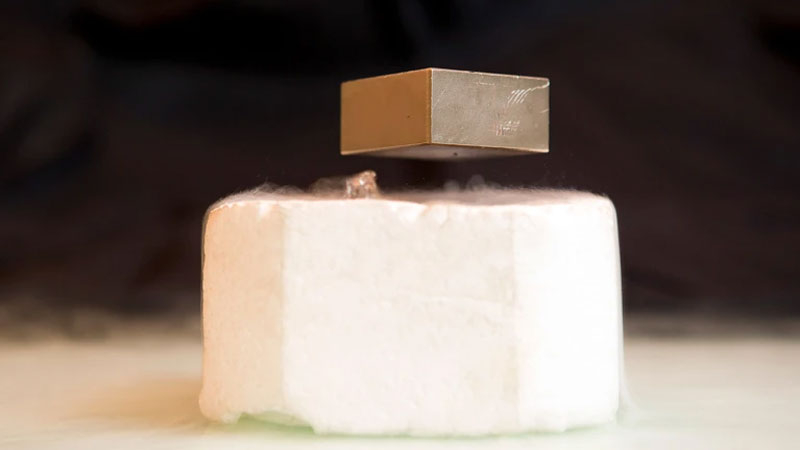Traditional superconductors have a good theoretical basis, while new types of superconductivity in non-traditional materials have not been described in sufficient detail, and researchers are literally moving towards discoveries by touch. However, a group of Chinese scientists has synthesized a new class of superconducting materials, the search for which was carried out thoughtfully, and not at random, as is often the case in the field of superconductors.

Image source: Patrick Gaillardin/Look At Sciences/SPL
According to Lilia Boeri, a physicist at Sapienza University of Rome, the SUSTech researchers’ success in precisely engineering the material’s properties will help to better understand unconventional superconductivity: “The idea that you have a system that you can sort of experimentally tune is something very exciting.”
Back in 2019, physicists at the Southern University of Science and Technology (SUSTech) in Shenzhen, China, found evidence that nickel-containing compounds behaved like superconductors, albeit at much lower temperatures. The structural similarity of these materials to cuprates raised hopes that nickelates, nickel-based compounds, could be made to work at higher temperatures as high-temperature superconductors.
Since then, nickelates have been considered a third class of non-traditional superconductors after cuprates (copper compounds) and pnictides (iron compounds). Nickelates have shown signs of superconductivity at a fairly low temperature (-228 °C), but at normal atmospheric pressure, which in itself can be called a breakthrough.

Image source: AI generation DALL E/3DNews
In a new paper published in the journal Nature, SUSTech scientists reported the synthesis of a thin film of nickelate that exhibits all the hallmarks of superconductivity at normal atmospheric pressure, from zero resistance to current flow to magnetic field displacement at temperatures below critical.
«There is great hope that we can eventually raise the critical temperature and make [such materials] more useful for practical applications,” said Danfeng Li, a physicist at the City University of Hong Kong.
Cuprates today demonstrate superconductivity at -123 °C. Nickelates are still significantly inferior to them in this parameter, but the discovery of Chinese scientists who consciously synthesized a new material and achieved the desired result laid the foundation for the creation of materials of the same class with a higher critical temperature.
This and other work have attracted the attention of many laboratories around the world. Scientists are eager to study new materials in detail and make breakthrough discoveries that could revolutionize energy, medical diagnostics, magnetic transport, and other advanced technologies.